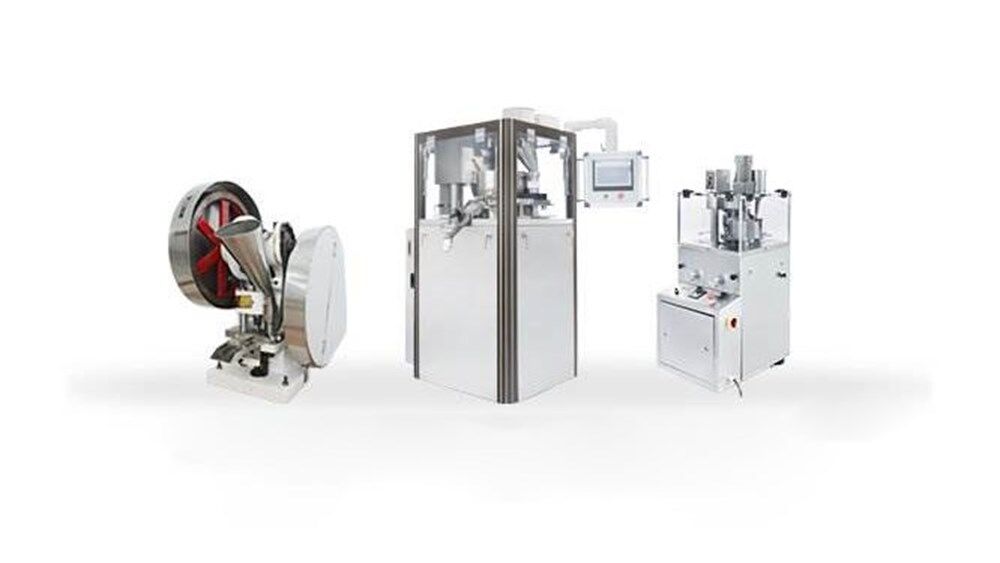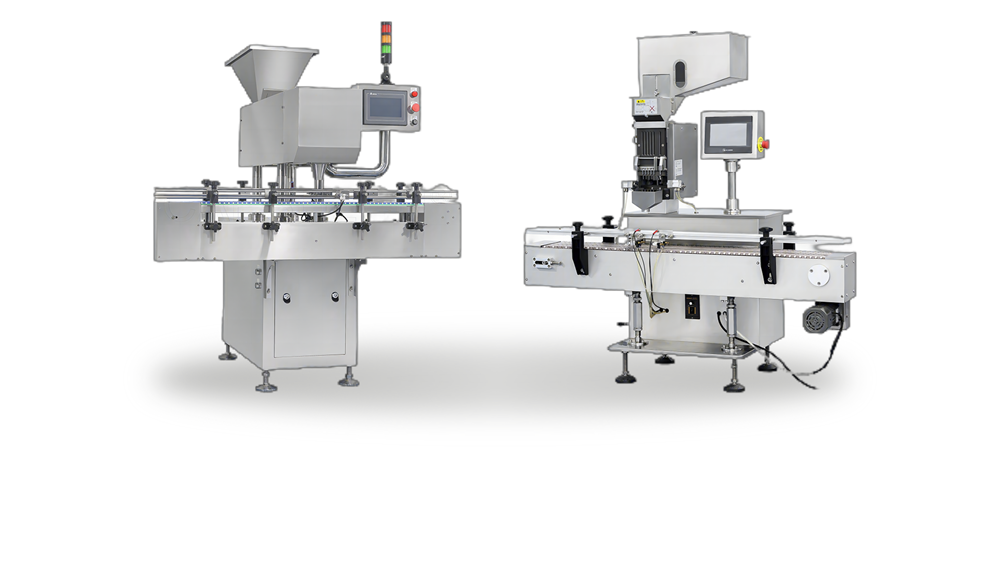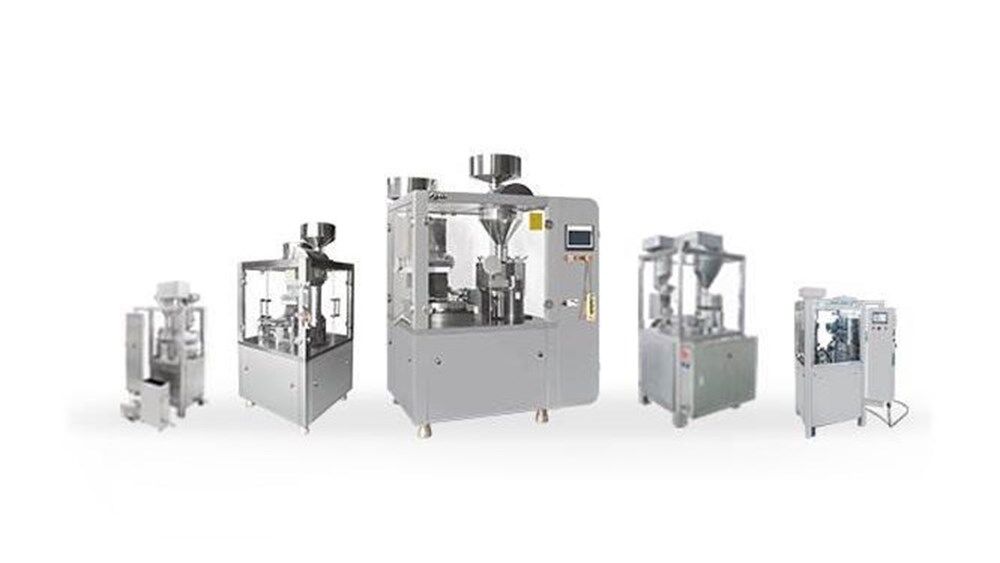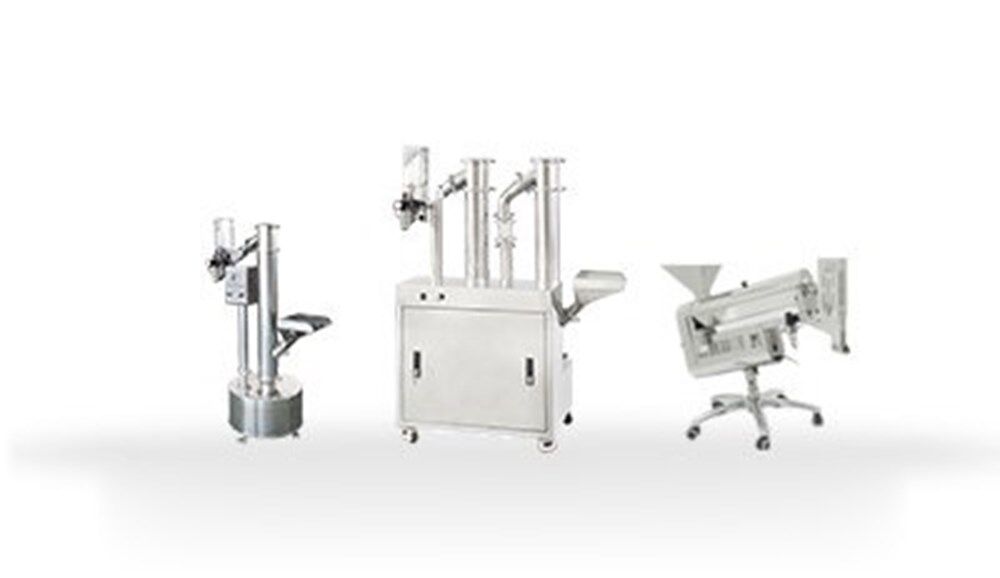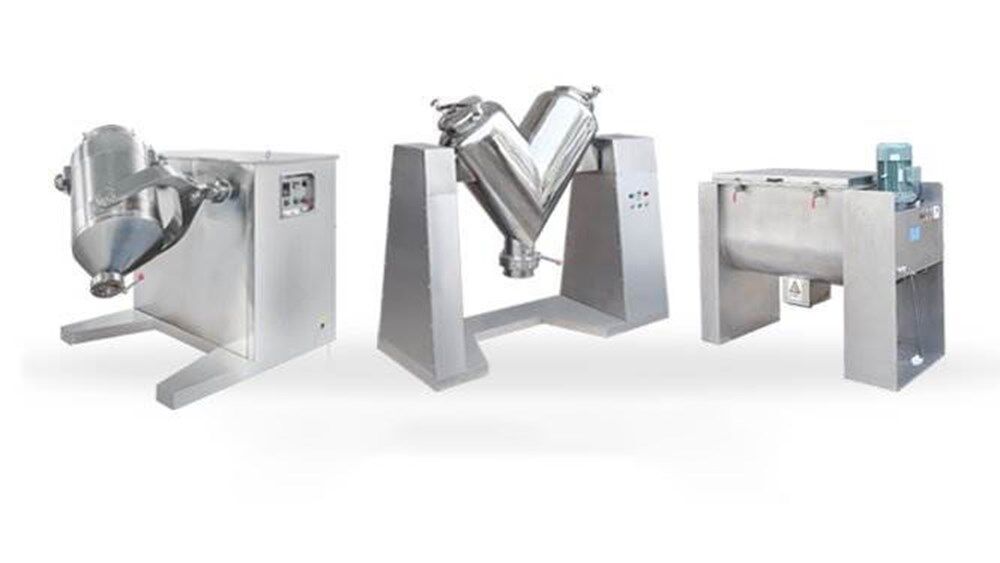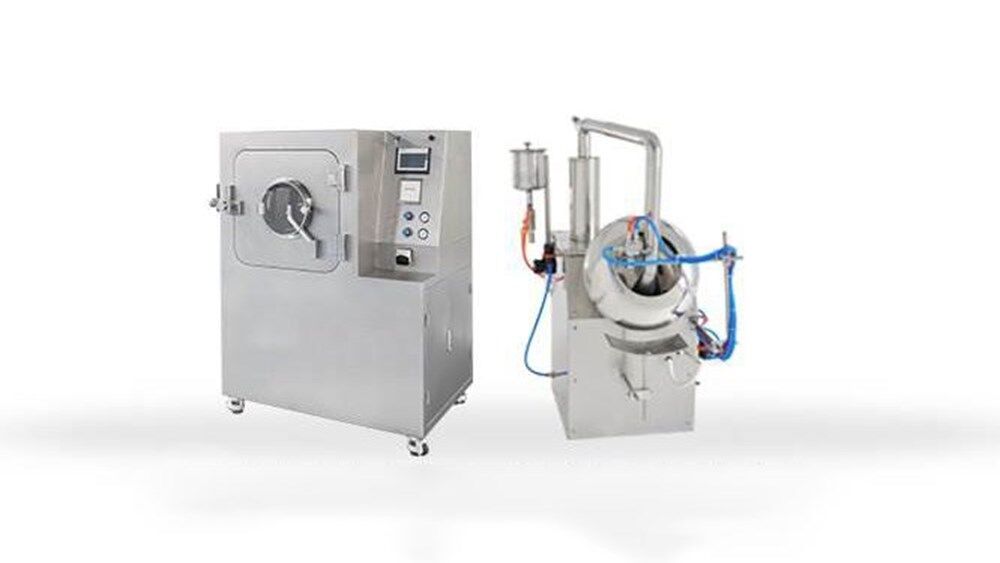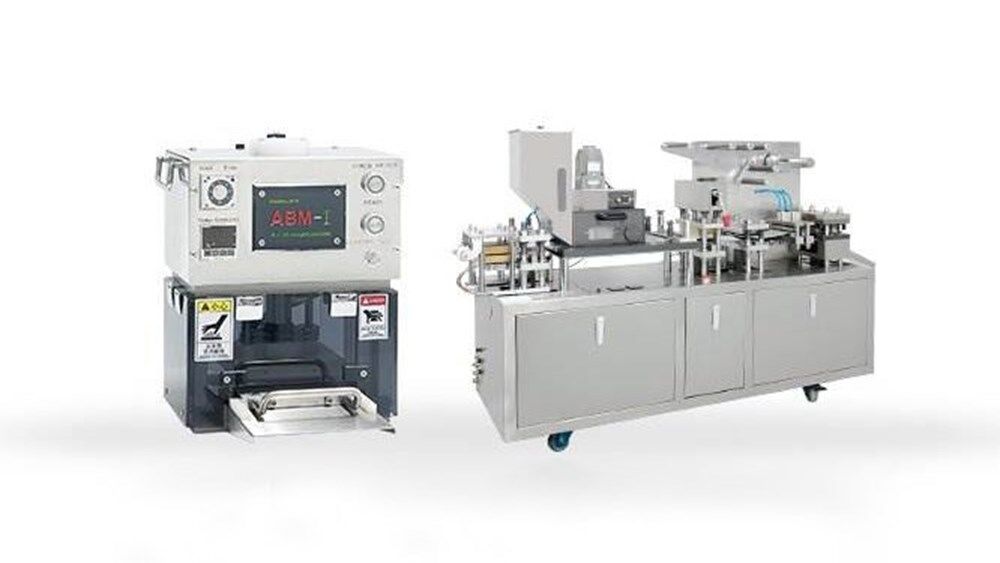How to Choose Between Vertical and Horizontal Cartoners
Are you tired of browsing a host of cartoning machines to find one that can boost your packaging line? Maybe you've come across vertical cartoners. Perhaps someone mentioned horizontal cartoners. Each has a set of benefits, and each has a few drawbacks. It can feel confusing to pick the right fit. But don't worry. This post will help you decide.
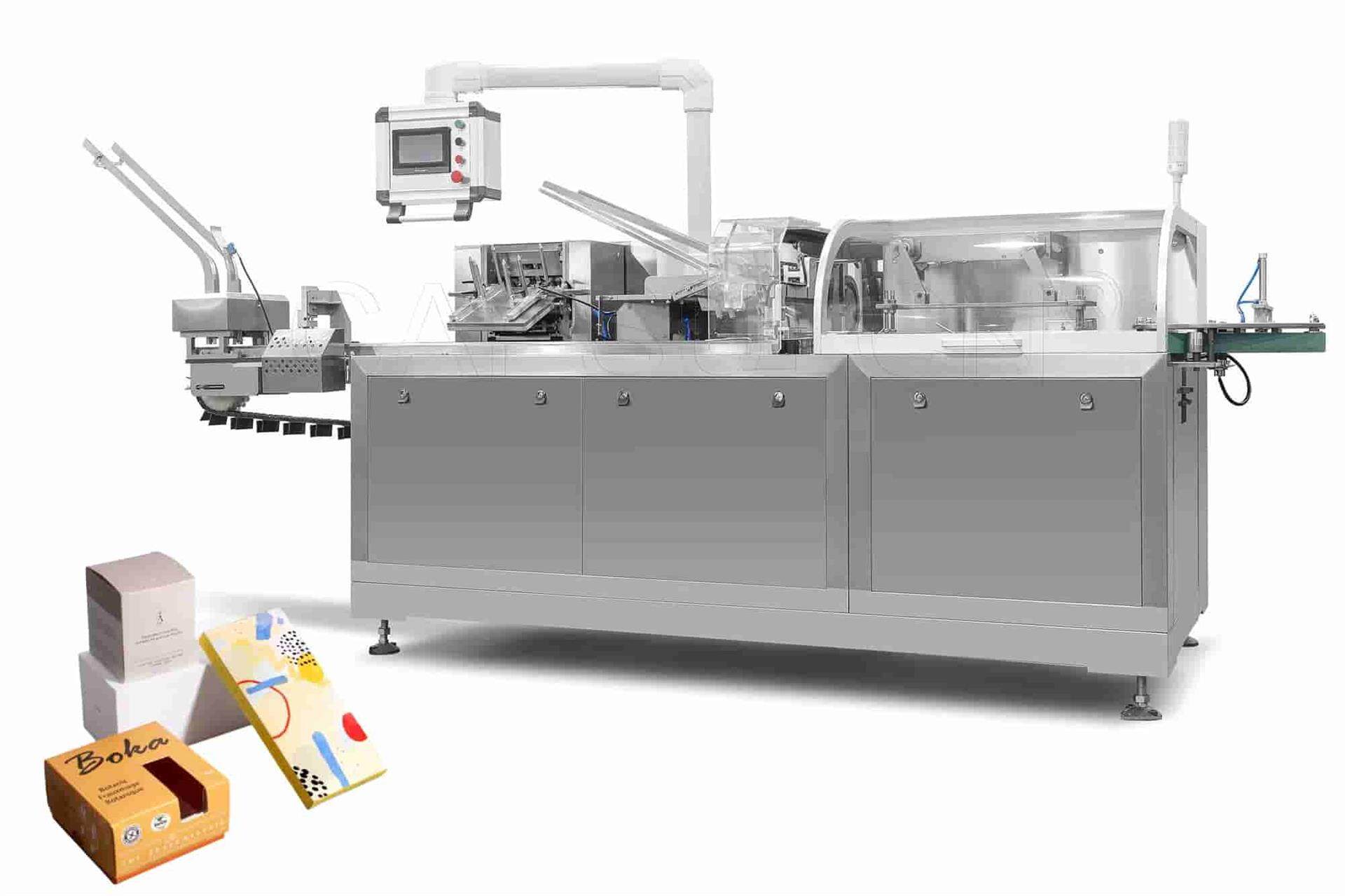
We'll explore what makes vertical cartoners great for certain products. Then, we'll show you why horizontal cartoners save you time with others. In just a few minutes, you'll have a clearer picture of which machine can work best for your unique needs. So let's get started!
What are Vertical and Horizontal Cartoners?
Vertical cartoners are packaging machines that hold a carton upright and drop products in from the top. So, they're also known as top-load cartoners. This packaging method makes them commonly used for loose or bulk items, like pasta or small candies because gravity helps fill each box. They're also capable of packing items like bottles, sachets, or sticks that are easier to load from the top.
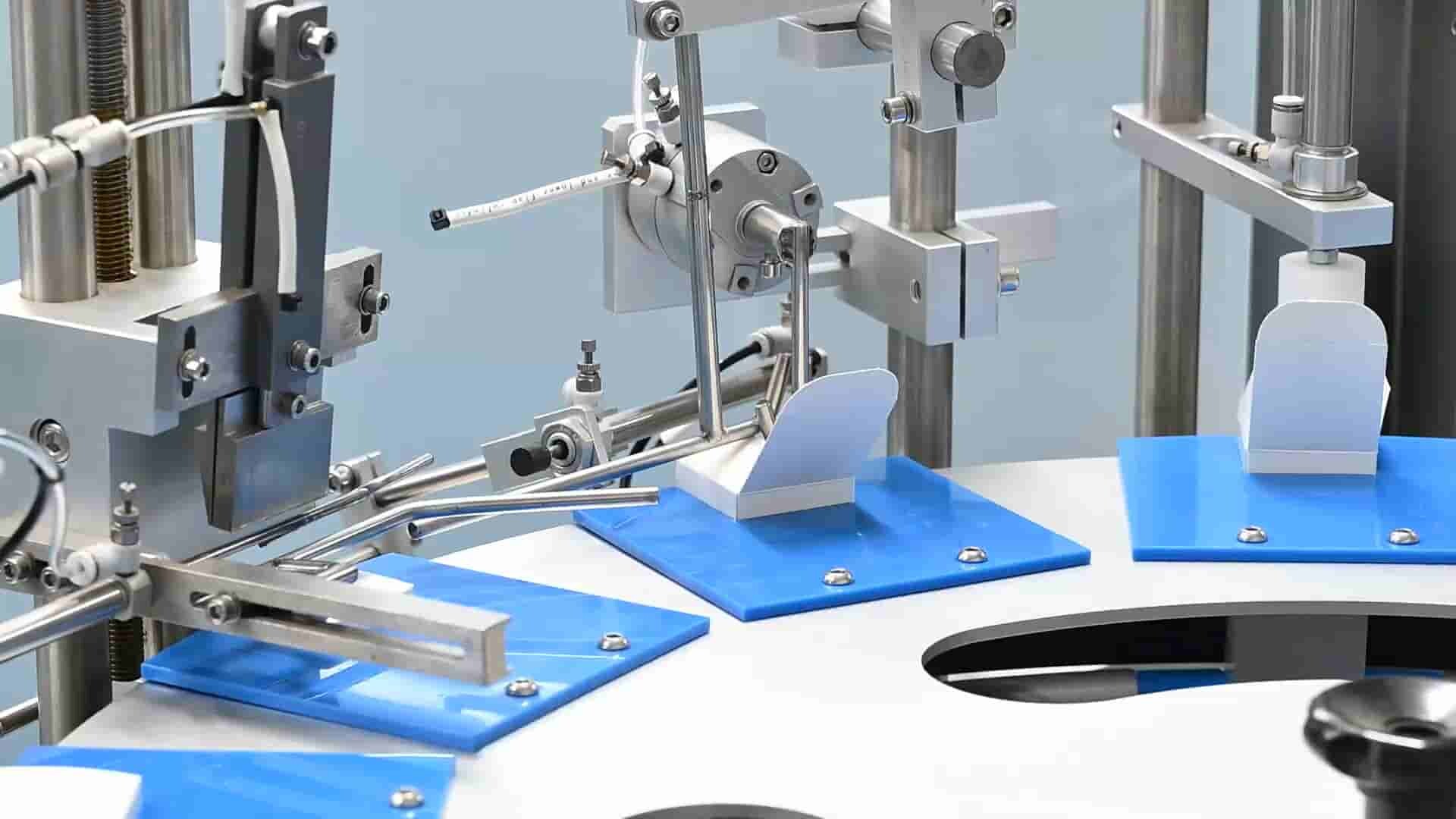
Horizontal cartoners, on the other hand, do the job in a horizontal way. They place each carton on its side so that items can slide in from the side. You might have heard of side-load or end-load cartoners—those are just different names for horizontal cartoners! This type of cartoner is good for stackable or wrapped products, pouches, or other items that can't just be poured into a box.
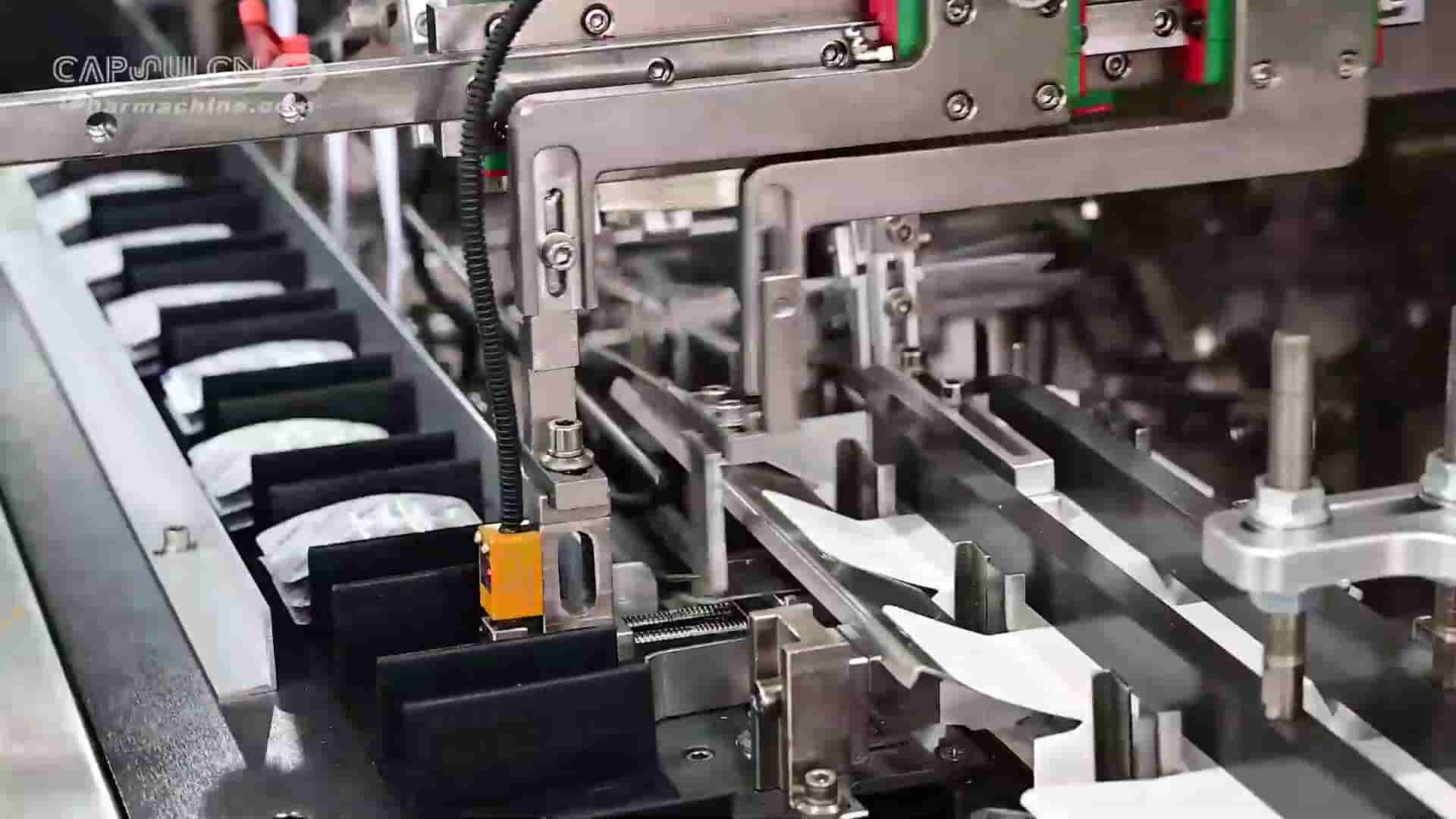
Both vertical and horizontal cartoners form, fill, and seal cartons. They just do it in different ways, depending on your product's shape and handling needs.
How Do They Work: Vertical vs. Horizontal Cartoners
Although vertical and horizontal cartoners use different loading methods, their components are pretty similar. To figure out how they operate, let's start with the key components they share.
Main Components of a Cartoner
1. Carton Magazine
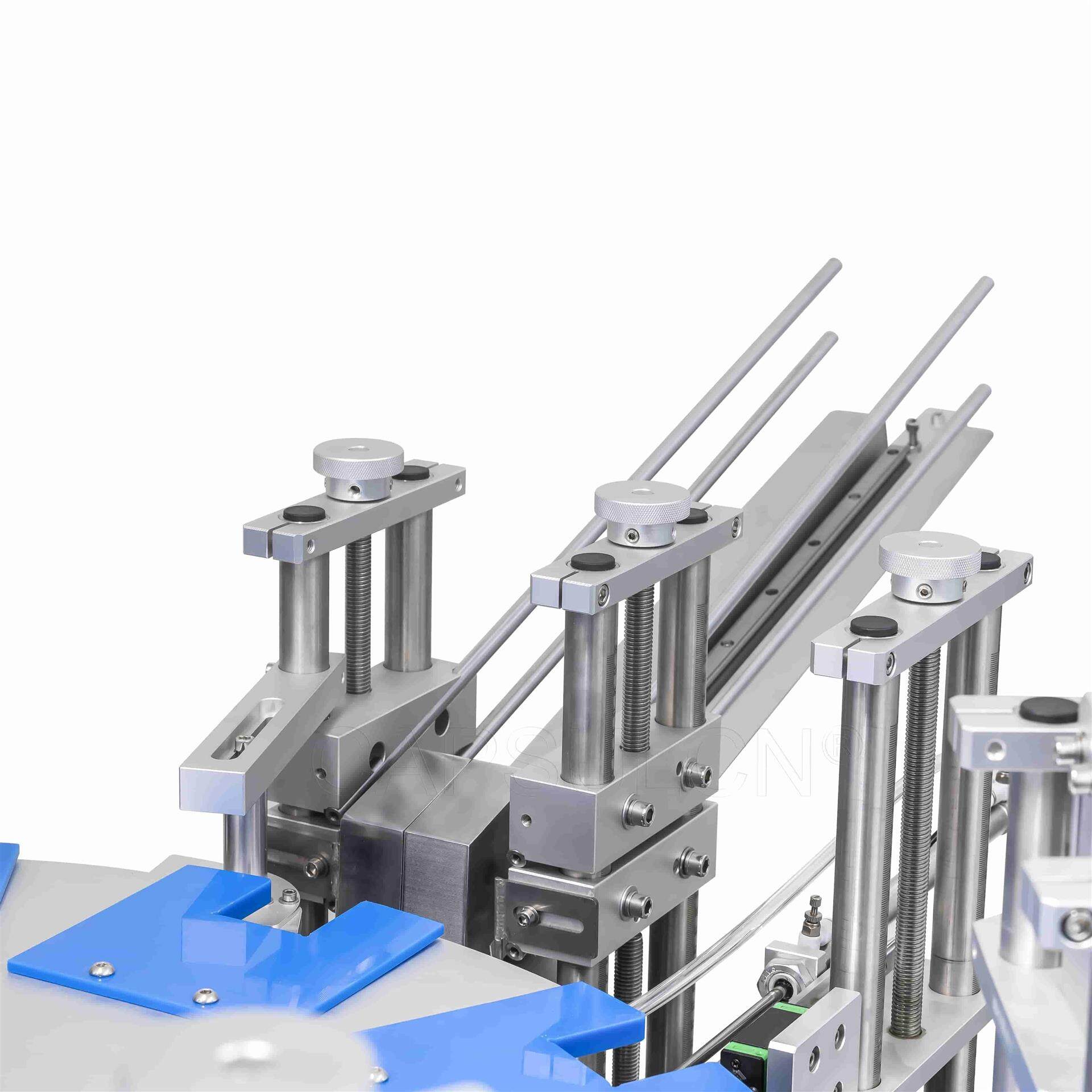
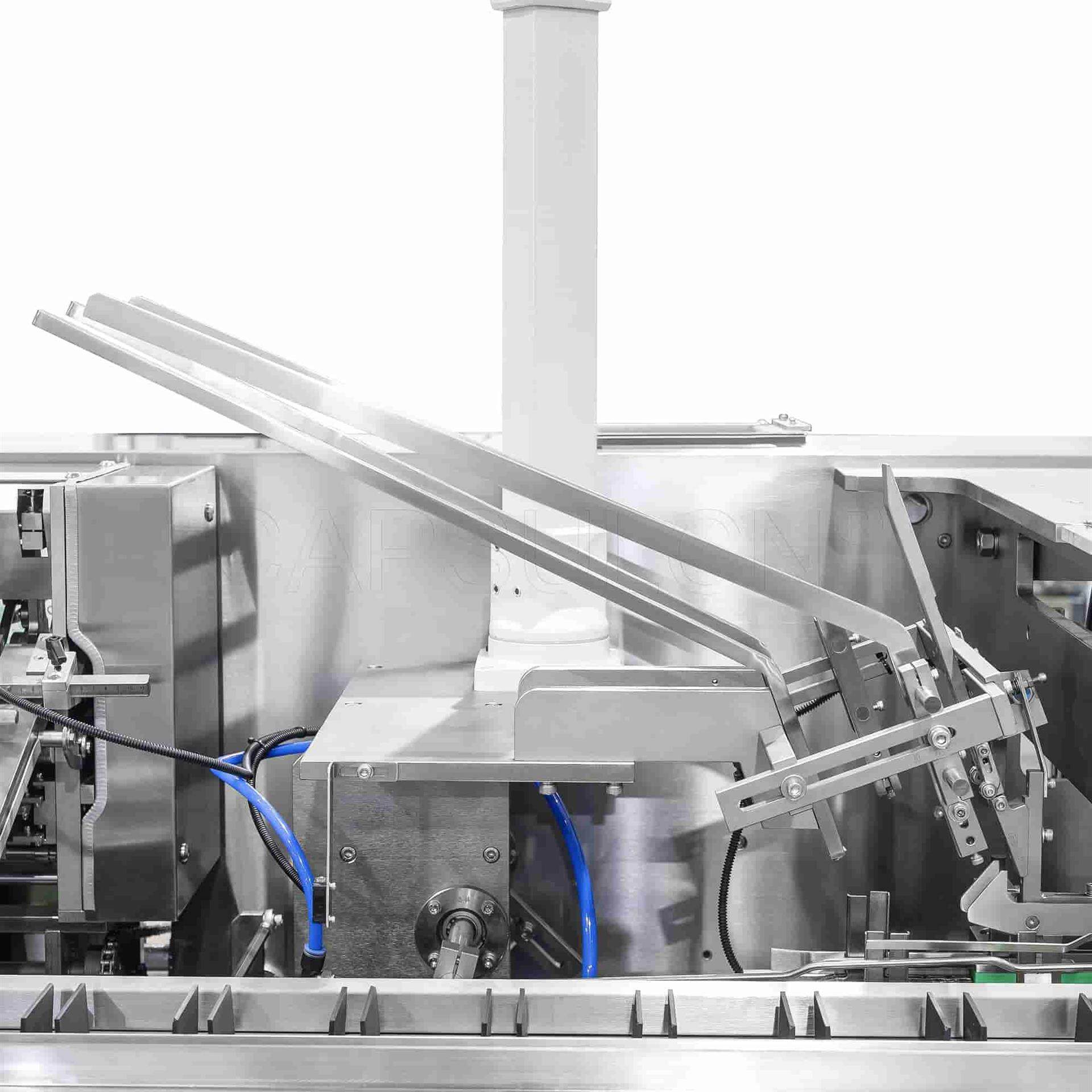
(Left: Vertical Cartoner | Right: Horizontal Cartoner)
– This component holds flat, unformed cartons—carton blanks. The machine will pick up each carton from here.
– It can be loaded by an operator or an automated system.
2. Carton Erecting Mechanism
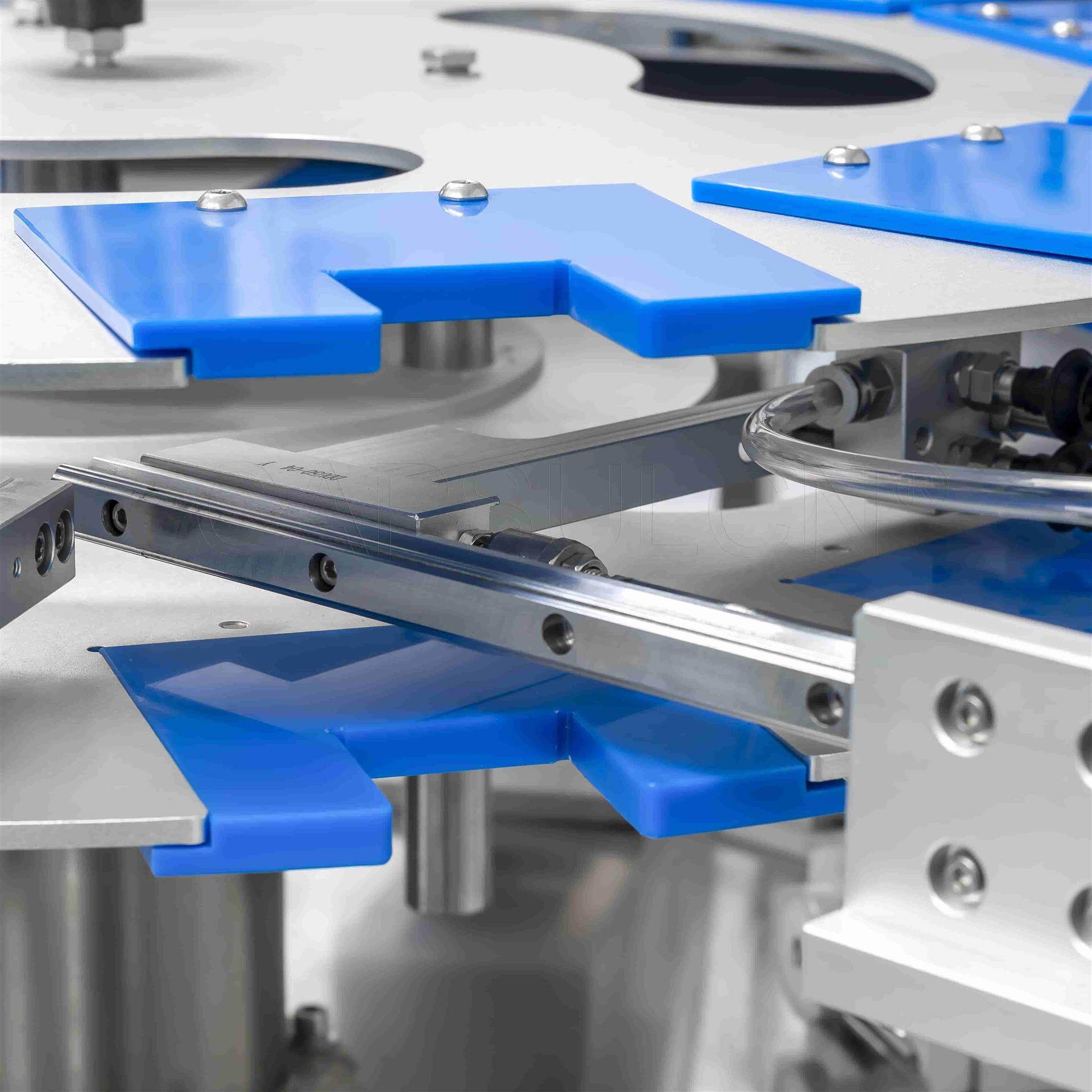
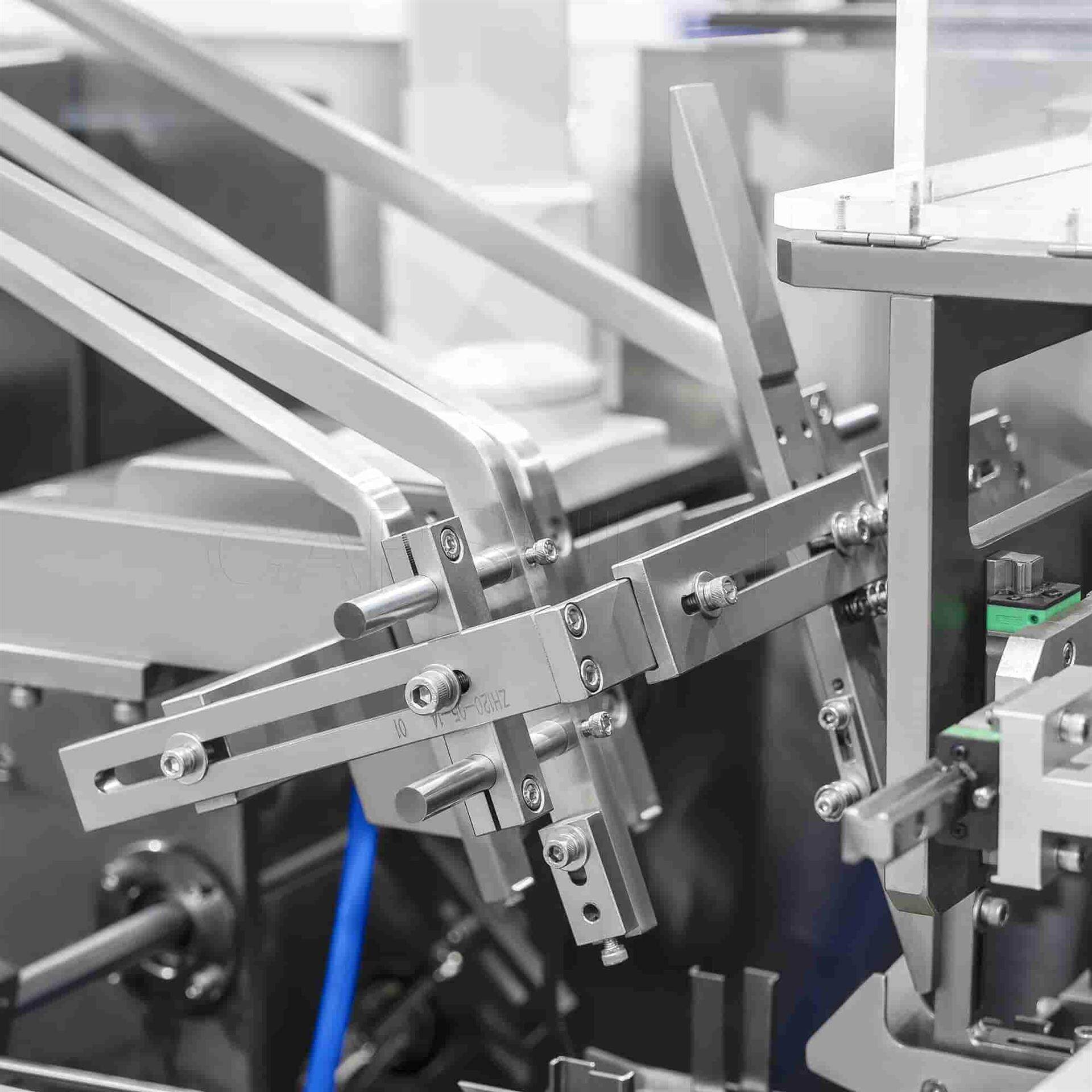
(Left: Vertical Cartoner | Right: Horizontal Cartoner)
– This section features vacuum suction cups that grab a flat carton from the magazine.
– It then "erects" the carton blank into its box shape. Depending on the machine's design, the formed carton is left with either an end or the top open.
3. Transport System
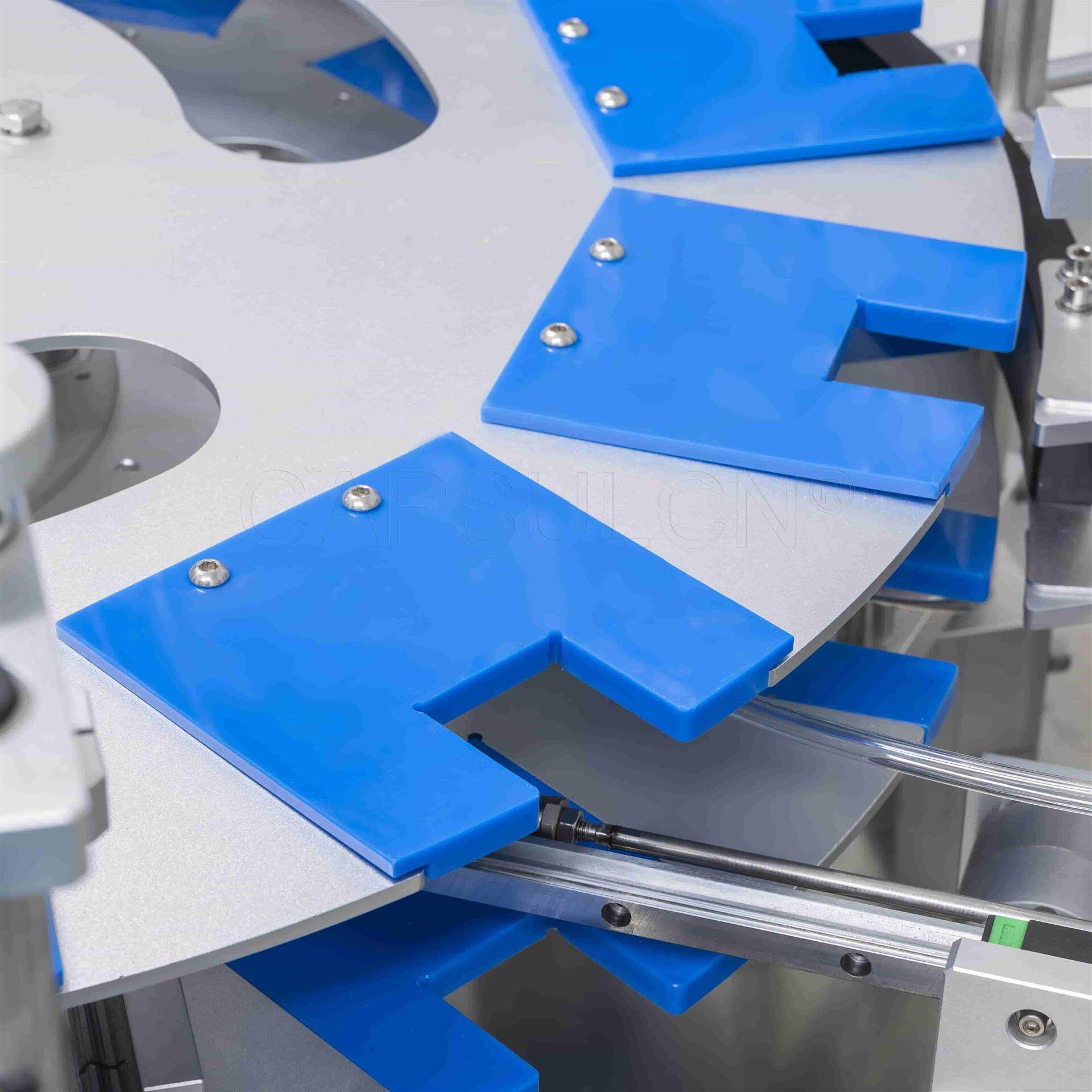
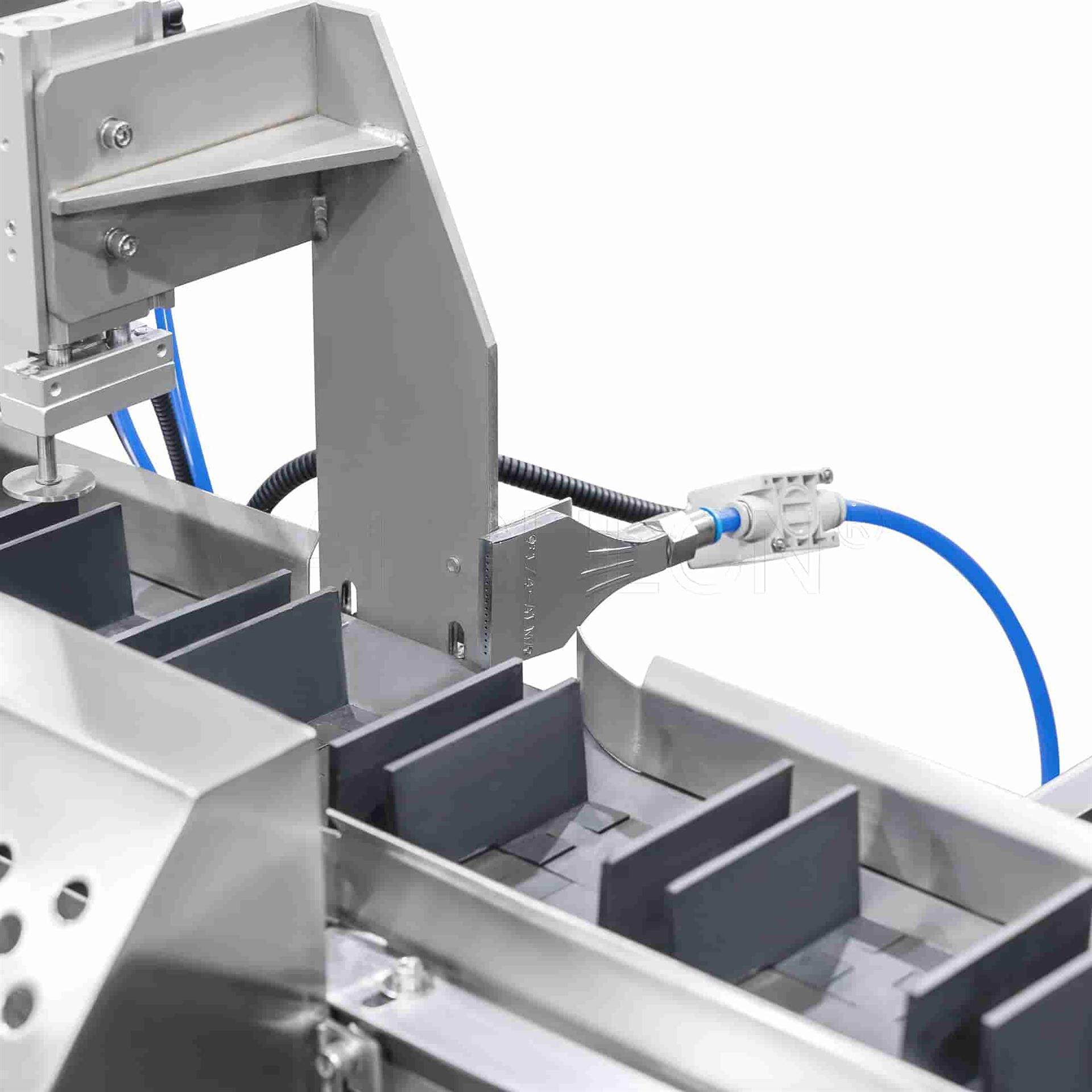
(Left: Vertical Cartoner | Right: Horizontal Cartoner)
– The formed carton sits on a conveyor belt or a rotary starwheel that moves it from one station to the next.
– Sensors or guides help ensure everything stays lined up and aligned.
4. Loading Mechanism
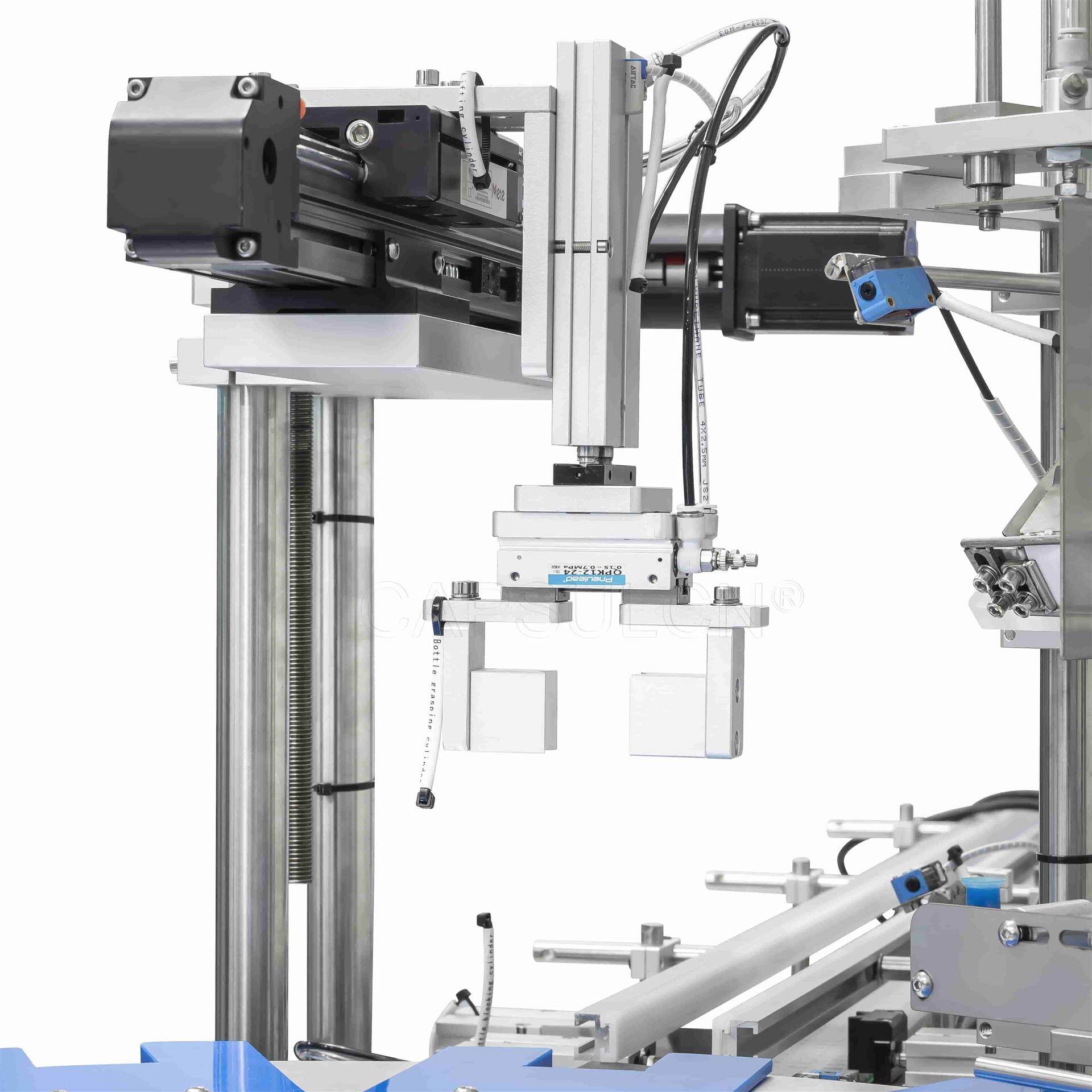
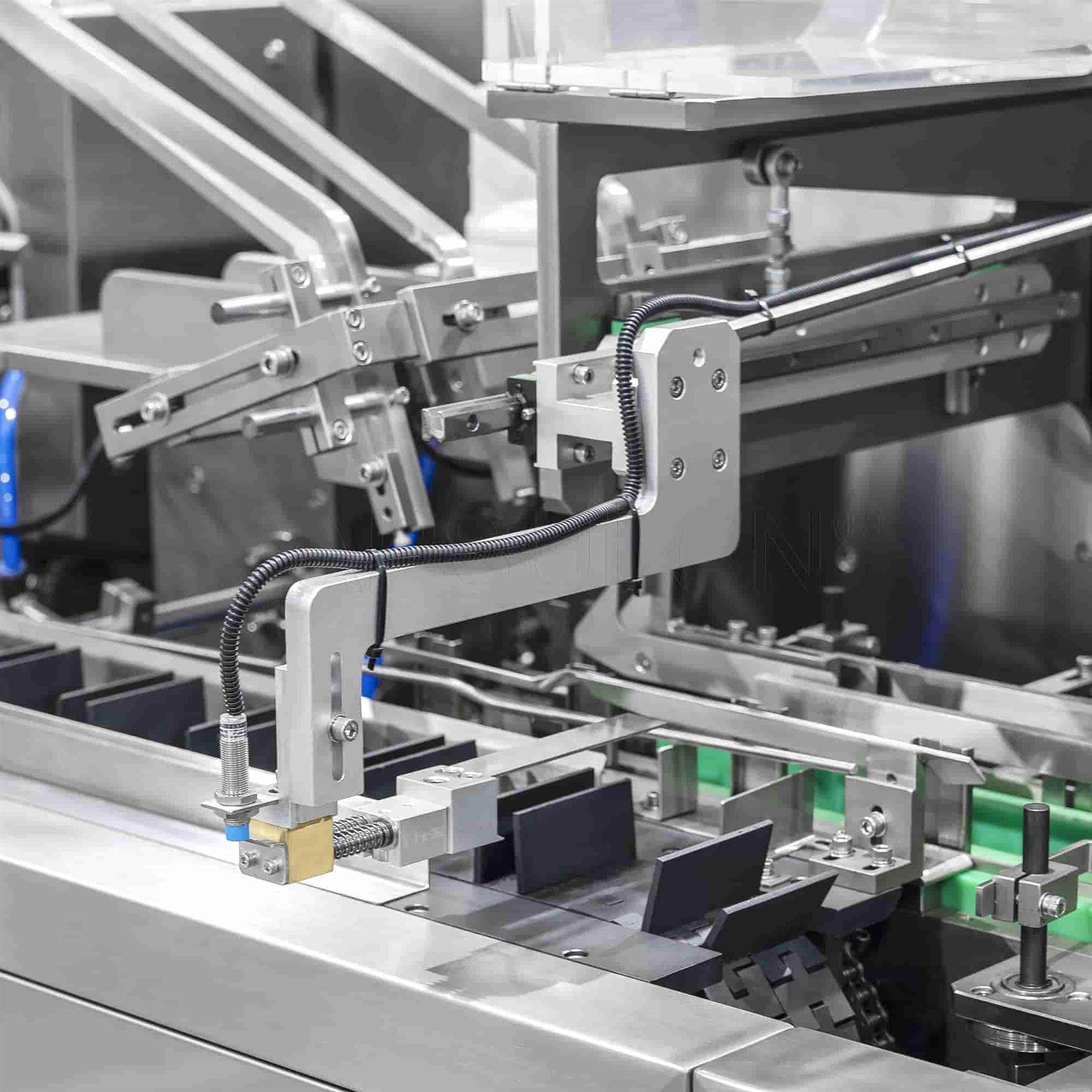
(Left: Vertical Cartoner | Right: Horizontal Cartoner)
– This is where your product meets the open carton.
– A feeder or conveyor often brings the product into position for loading.
– In a vertical cartoner, this component features grippers to pick up the product and place it into the carton from the top.
– Horizontal cartoners use a pusher bar to push the product into the side-opened carton aligned with it.
5. Carton Closing & Sealing Unit
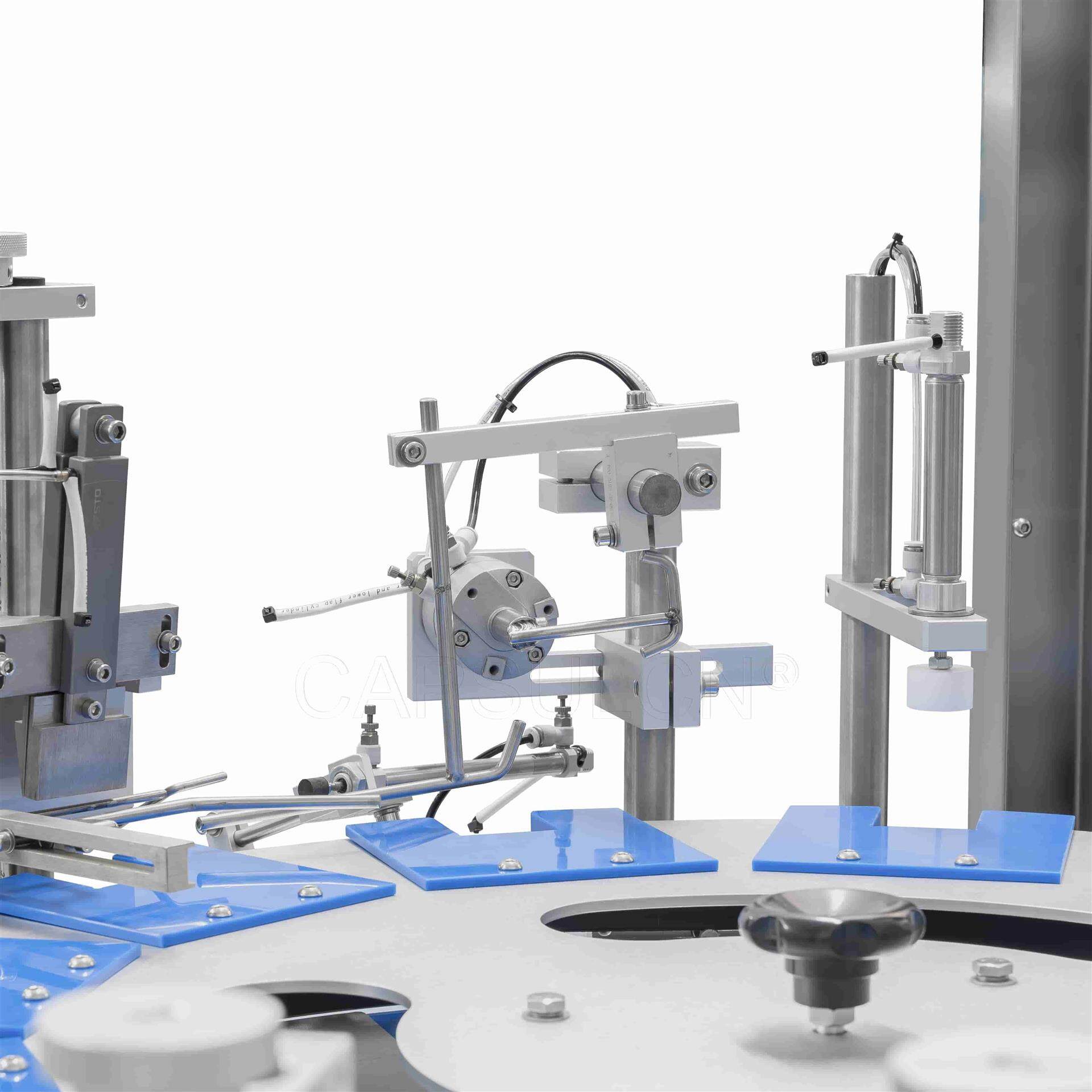
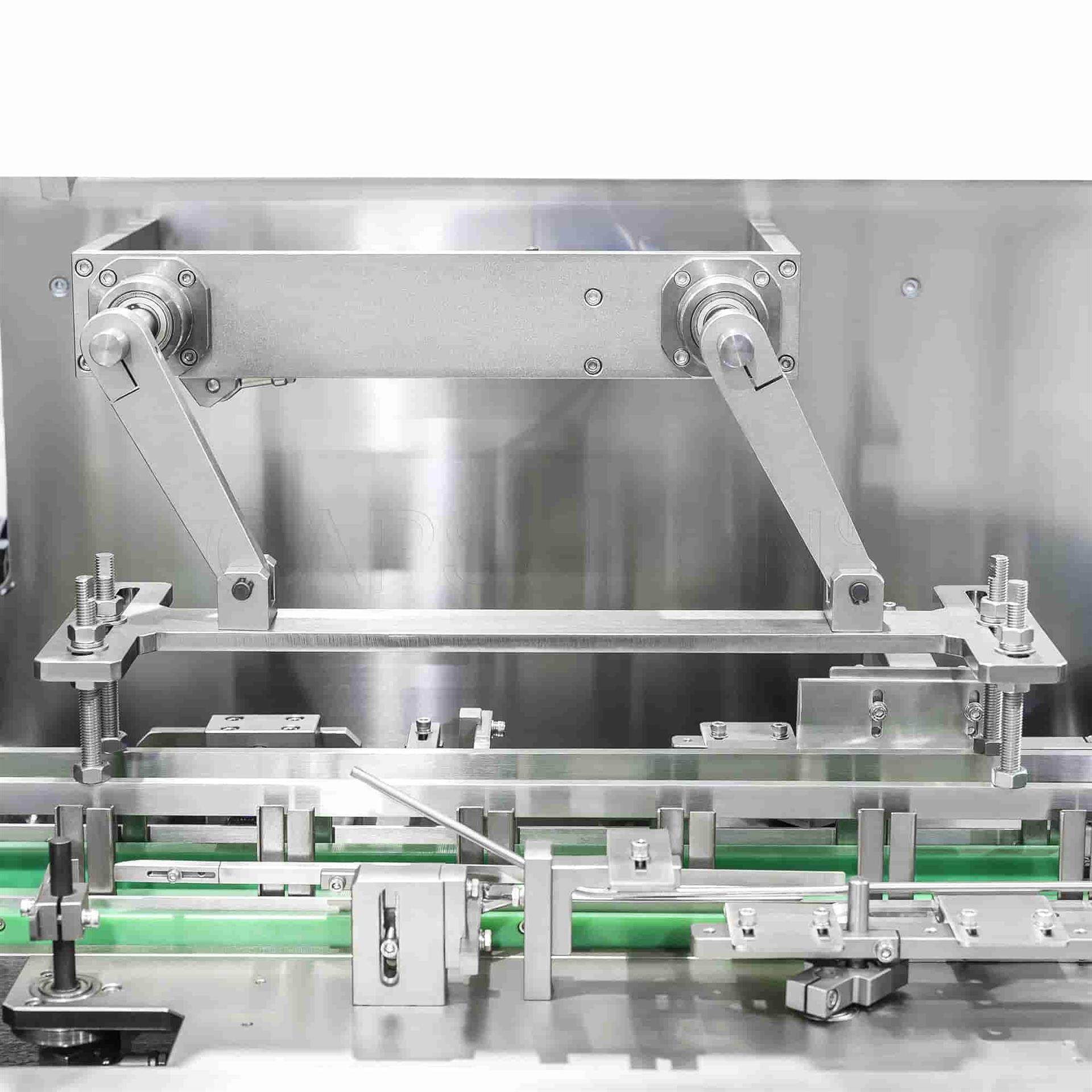
(Left: Vertical Cartoner | Right: Horizontal Cartoner)
– Once loaded, the machine folds and seals the carton's flaps.
– Different methods might be used: glue, tuck-in flaps, or even hot air seals.
6. Discharge Port
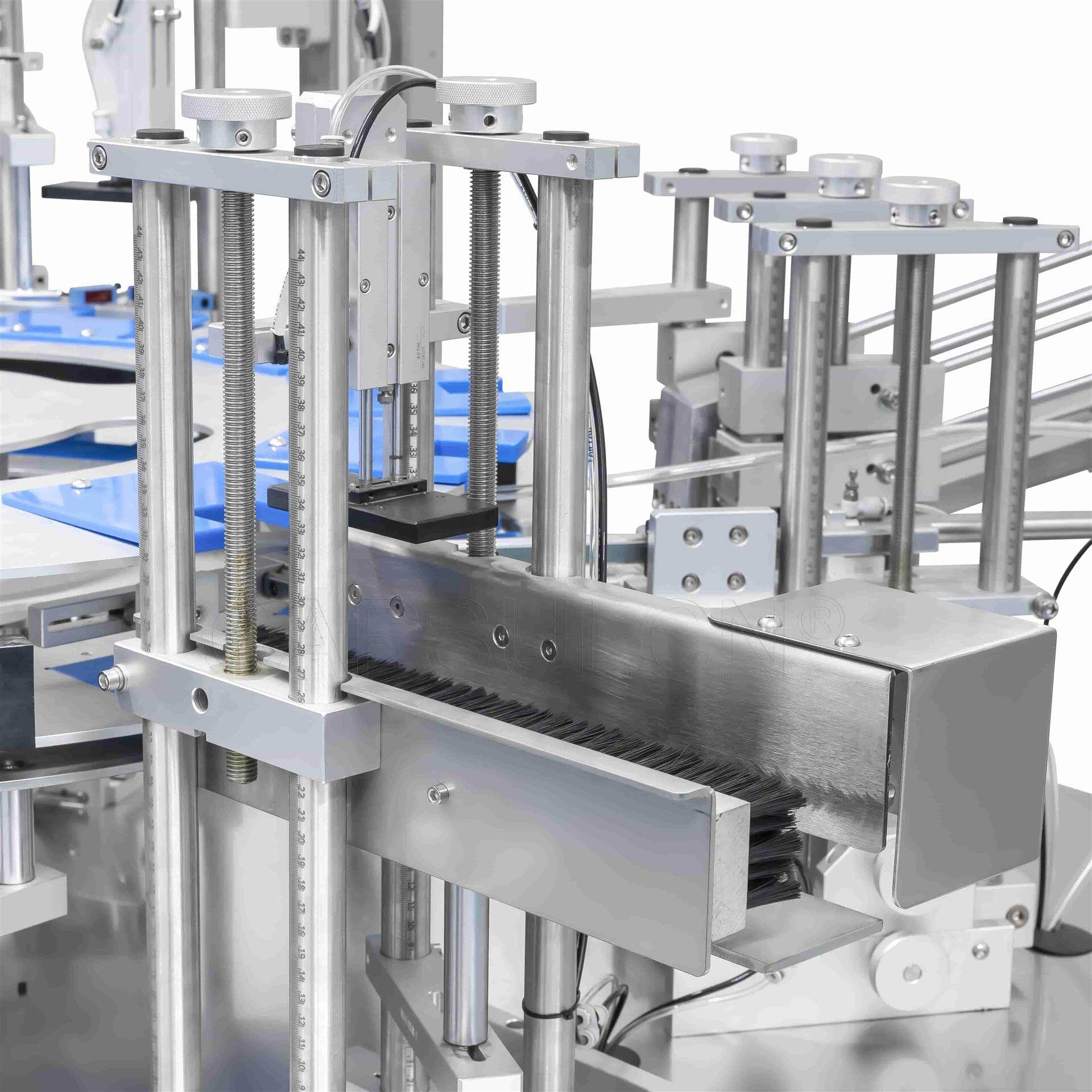
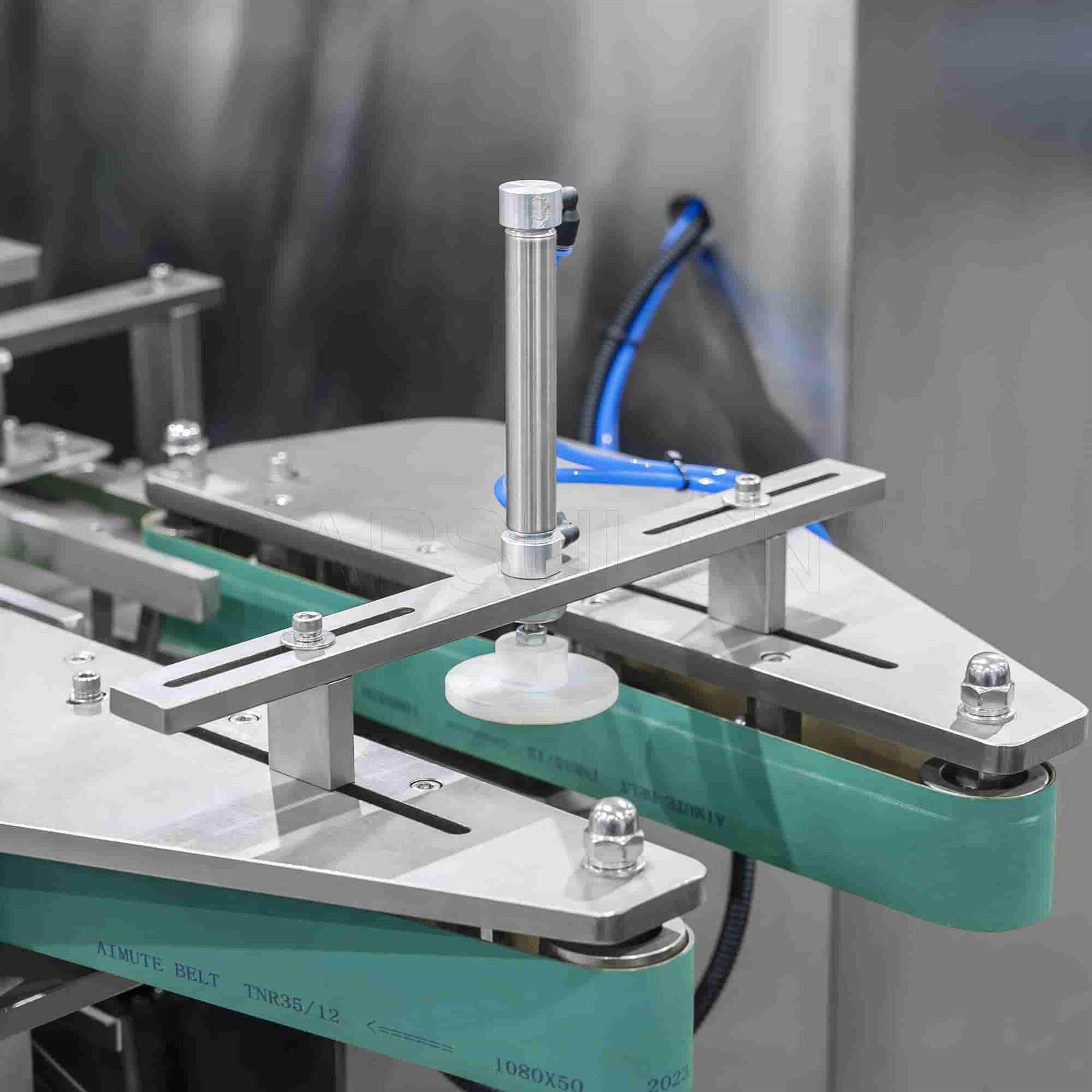
(Left: Vertical Cartoner | Right: Horizontal Cartoner)
– After sealing, the finished cartons move down the line.
– They might go onto a conveyor for further packaging, like case packing or palletizing.
How Vertical and Horizontal Cartoners Operate in General
Whether vertical or horizontal, each cartoner follows the same basic idea. It forms a box from a flat piece of cardboard, places your product inside, and closes the carton. The big difference is how the carton and product are oriented. Vertical cartoners load from the top. Horizontal cartoners load from the side.
Vertical Cartoner: Step-by-Step
STEP 1: Carton Erection
– A suction arm pulls a flat carton from the magazine.
– The machine opens the carton blank and places it upright in a slot of the rotating starwheel.
STEP 2: Product Drop
– The machine relies on gravity to let the product drop into the carton. This is easy for items like cereal, candies, or any free-flowing products.
– Some vertical cartoners use volumetric fillers or weighers for precise amounts.
– Or it uses robotic grippers to grab and place the product into the carton. It's designed for products already in primary packaging, like bottles or jars.
STEP 3: Top Closure
– After the product falls in, the top flaps of the carton fold in.
– Depending on the design, glue or a locking tab might seal the carton.
If you want to see a vertical cartoner in action, check out this quick video:
Horizontal Cartoner: Step-by-Step
STEP 1: Carton Erection
– Like the vertical style, a carton blank is picked from the magazine.
– It is erected and laid horizontally on tracks or a moving carrier chain.
STEP 2: Side Loading
– The product is pushed or slid into the open carton from the side.
– This method is great for items like blister packs, small jars, and trays.
– A pusher bar might gently push these items in place.
STEP 3: End Flap Sealing
– The machine folds and seals the carton's open ends.
– Depending on your packaging needs, glue, tuck-in flaps, or other sealing options might be used.
Check out this short video to see how a horizontal cartoner runs:
Pros and Cons: Vertical vs. Horizontal Cartoners
Still feeling stuck on which type of cartoner might give you the best results? Before you decide, let's dig in and review the upsides and downsides of vertical and horizontal cartoners.
Advantages and Limitations of Vertical Cartoners
Advantages:
- Vertical loading is ideal for loose and free-flowing items, thanks to gravity. They can also handle bottles, vials, and jars.
- Vertical machines often have a smaller footprint on the production floor. This is good if you have limited space.
- Because they rely on gravity, there may be fewer moving parts to push the product.
Limitations:
- Fine powders or small pieces might spill during the drop, causing waste or extra cleanup.
- Vertical cartons often run at slower speeds and are unsuitable for heavy products.
- You must carefully adjust the machine when packing delicate products that require gentle handling.
Advantages and Limitations of Horizontal Cartoners
Advantages:
- Items are less likely to break or get crushed, whether rigid, fragile, or delicate. They can slide in from the side without being dropped.
- You can place products smoothly using pusher bars, conveyors, or robotic arms.
- Many horizontal cartoners can run fast, especially for regular-shaped items. They work well with high-speed production lines.
Limitations:
- Horizontal machines can take up more room on the production floor.
- The pusher system and other loading components can add complexity. This may mean more frequent maintenance.
- Switching carton sizes or product types might involve more adjustments and parts.
Typical Applications: Vertical vs. Horizontal Cartoners
Though vertical and horizontal cartoners are utilized across various industries, each excels in specific applications based on product characteristics and packaging requirements.
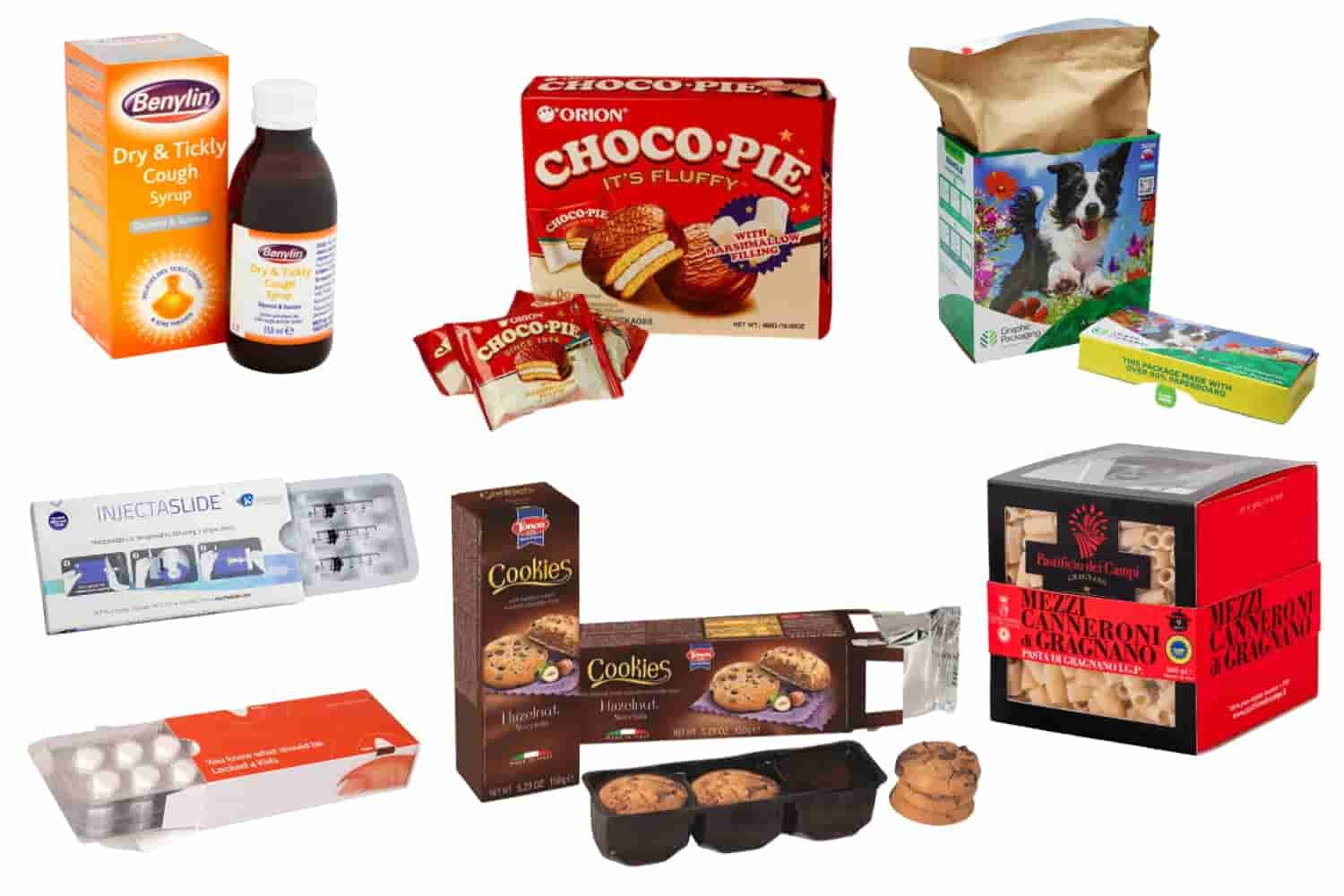
Vertical cartoners are designed to load products into cartons from the top, making them ideal for:
— Free-Flowing or Granular Products: Items like rice, pasta, powders, and cannabis products are efficiently packaged using vertical cartoners due to their ability to handle loose, small-sized products.
— Bottles and Jars: Products such as creams, lotions, perfumes, and other bottled goods benefit from vertical cartoning, which allows for gentle handling and precise placement into cartons.
— Bagged Products: Multi-bag applications can be manually top-loaded into cartons using vertical cartoners, providing flexibility for various packaging needs.
Horizontal cartoners load products into cartons from the side and are well-suited for:
— Stackable or Uniform Items: Products like blister packs and sachets are efficiently packaged using horizontal cartoners due to their consistent shapes and sizes.
— Wrapped or Bagged Goods: Items such as granola bars, crackers, and pouches are commonly packaged with horizontal cartoners, which handle pre-packaged products effectively.
— Trayed Products: Products arranged in trays, including particular meat and baked goods, are suitable for horizontal cartoning, allowing for organized and secure packaging.
Key Considerations When Choosing Between Vertical and Horizontal Cartoners
So, what actually should you consider when picking between vertical and horizontal cartoners? The choice often comes down to a few key factors.
1. Product Characteristics
- Your product's shape, size, and fragility often guide your desired cartoner style.
- Free-flowing or bulk products load easily in a vertical design.
- Delicate or oddly shaped items fit better in a horizontal cartoner, where side-loading reduces the risk of damage or misalignment.
2. Production Volume & Speed
- Think about the rate at which you need to fill cartons (e.g., cartons per minute).
- Vertical machines can efficiently handle loose products that move quickly with gravity.
- Many horizontal machines also support high speeds, especially when items are uniform in size or shape.
3. Space & Layout Constraints
- Vertical cartoners typically take up less floor space because most feature a starwheel to handle different tasks.
- Horizontal machines require more room for side-loading mechanisms and conveyors.
- Make sure the cartoner's footprint matches your production line layout.
4. Scalability & Future Needs
- Plan for future product changes, like different shapes, sizes, or packaging styles.
- Some cartoners are easier to modify, upgrade, or integrate with other equipment, saving time and money.
- Picking a flexible machine ensures it can handle both current and potential new products.
Need New Vertical and Horizontal Cartoners?
At CapsulCN, we offer a range of innovative vertical and horizontal cartoners tailored to meet your specific needs. Let's see what we have!
If you prefer vertical cartoners, aka the top-load ones, we definitely recommend checking out the DZH-50S!
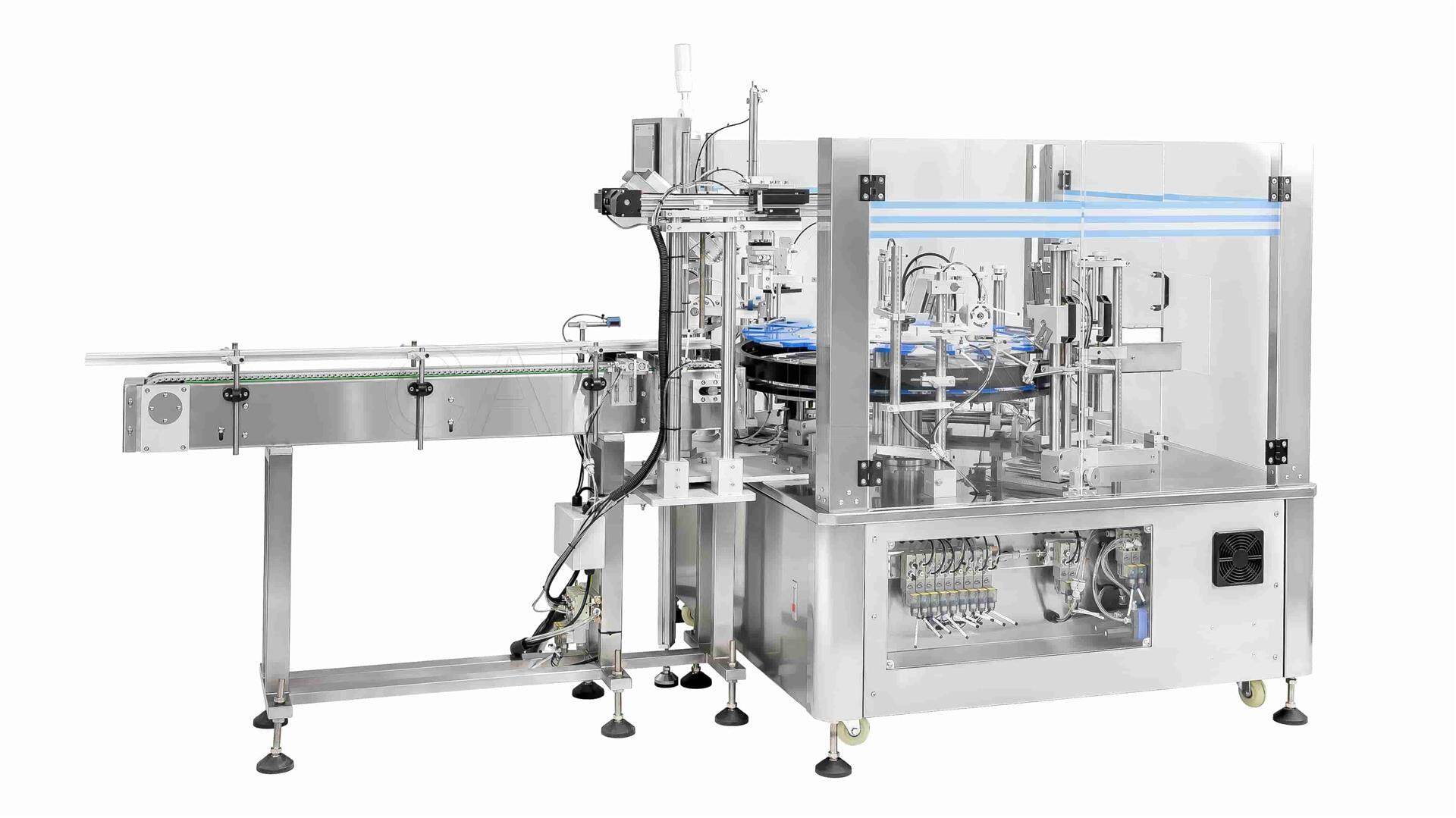
Highlights:
- Compact design and advanced performance make it easy to operate and understand.
- This cartoner is controlled by a high-quality programmable controller with a touch-screen interface for quick and simple parameter settings.
- A vacuum generator or pump is used to pick up cartons accurately, reducing jams and misalignment.
- Programmable processes allow for easy function adjustments and technology updates, fitting different production needs.
- It integrates smoothly with your existing packaging line, giving your efficiency a nice boost.
If horizontal cartoners, or end-loaders, are more your style, you won't want to miss the DZH-120!
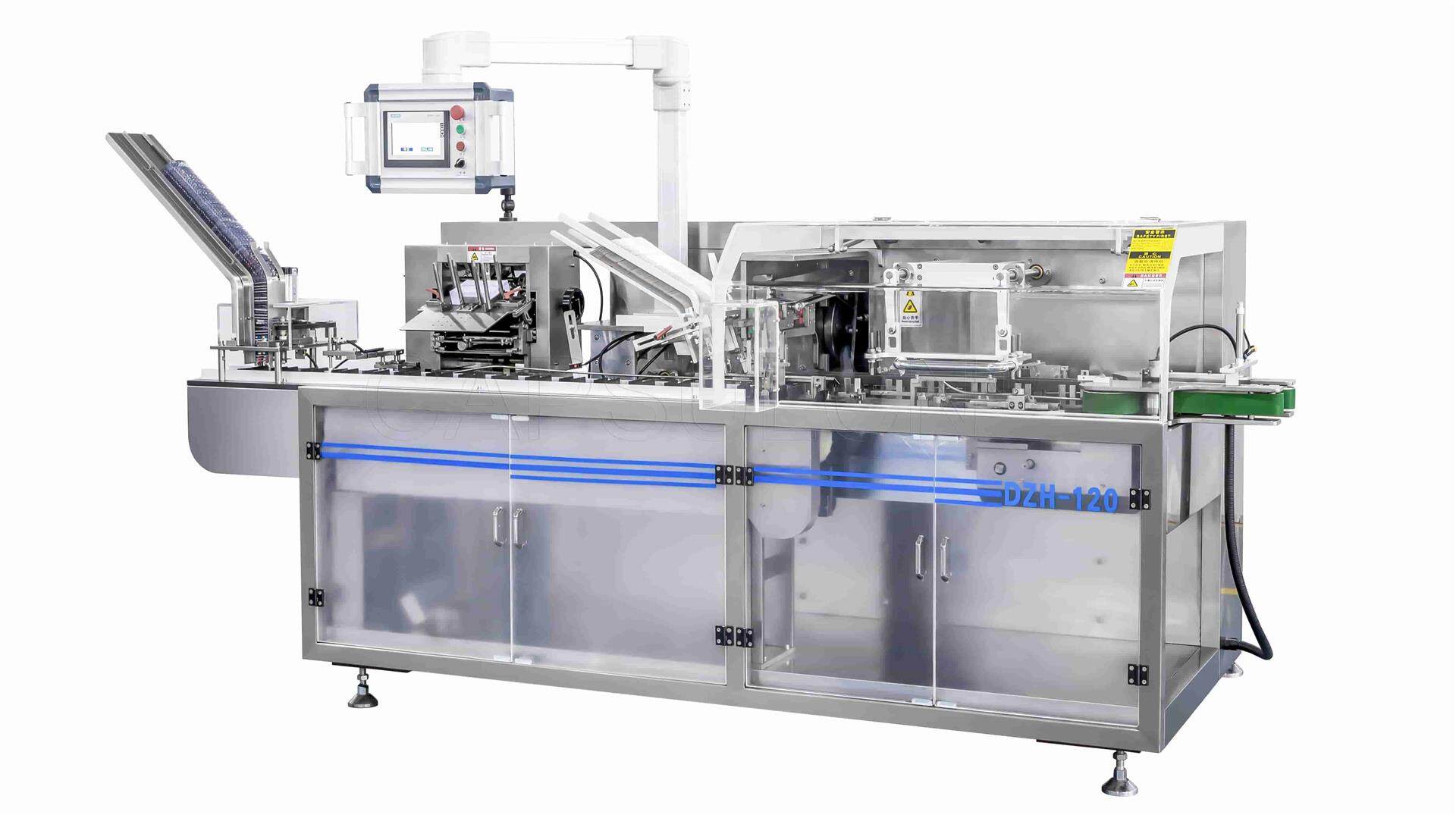
Highlights:
- This cartoner combines mechanical, electrical, and pneumatic systems into one compact unit.
- It can handle a wide variety of carton sizes, and adjustments are fast and straightforward.
- A PLC with a touch-screen interface allows for quick parameter settings and easy monitoring.
- Error messages appear on the screen, helping you troubleshoot faster.
- A streamlined transfer system improves reliability and simplifies maintenance.
- All controls run on software, making it adaptable to different production needs.
Leave your comment
Also Offers
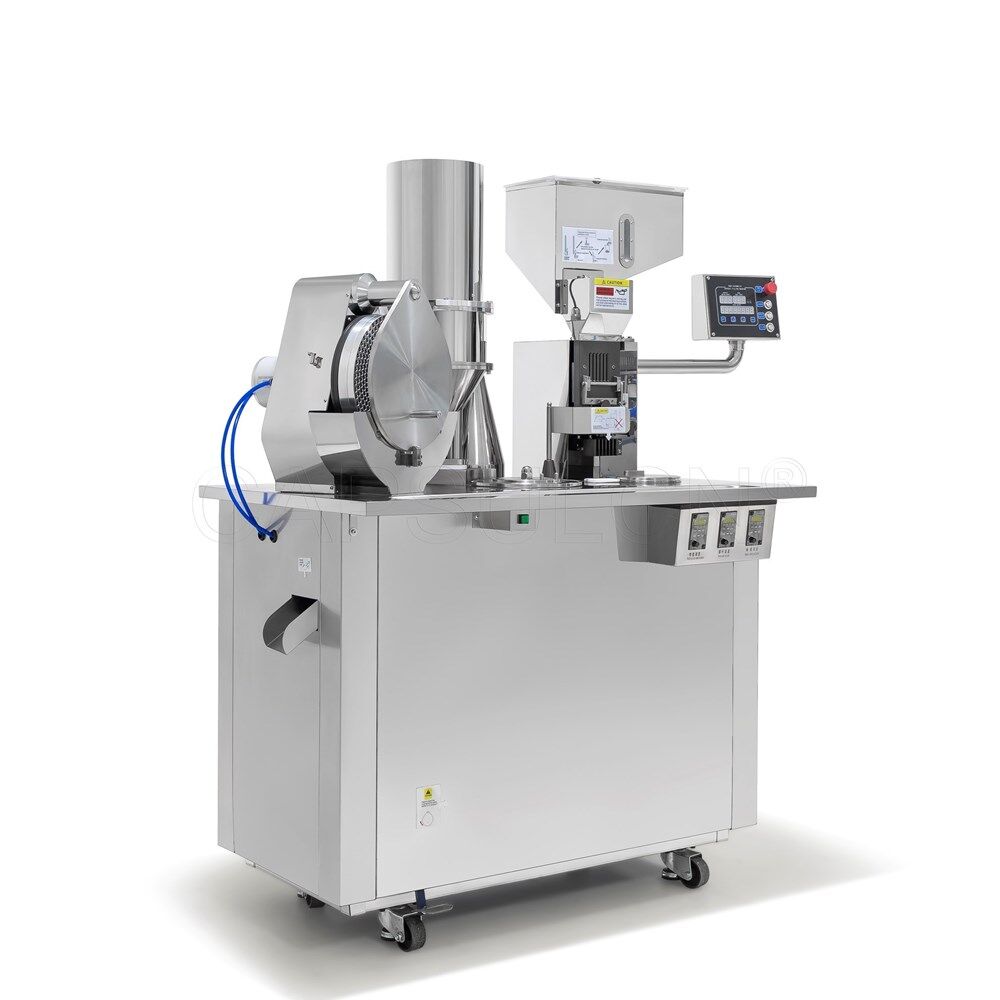
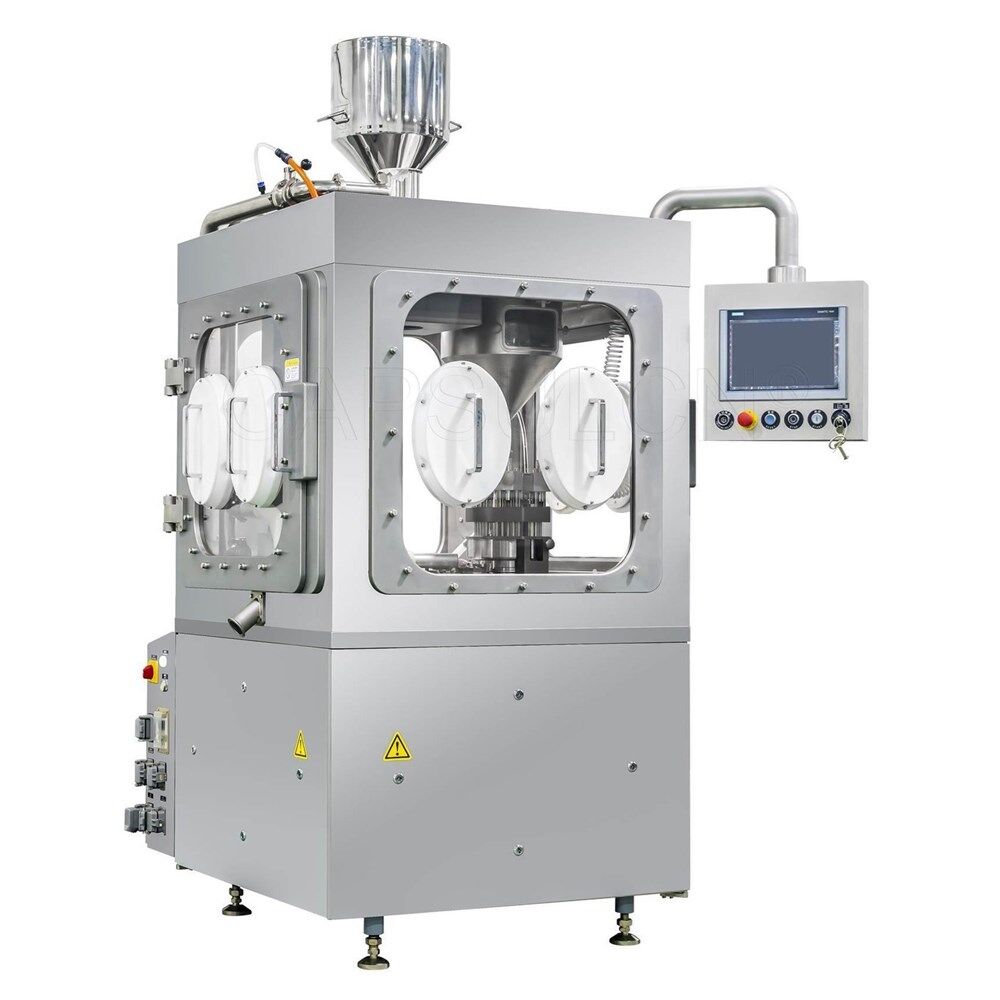
Containment Automatic Capsule Filling Machine SFK-703
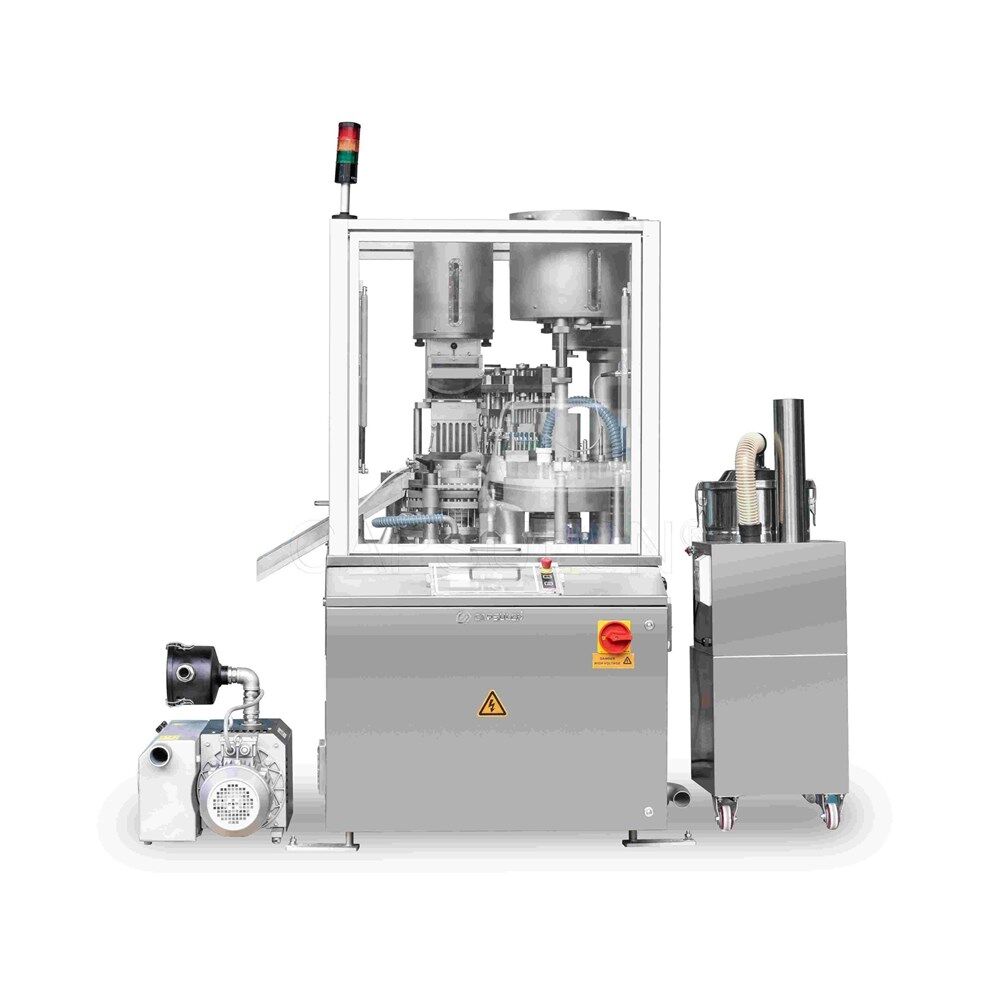
Fully Automatic Dosator Capsule Filling Machine CZ-40

Our Team
As an expert in the pharmaceutical and pharmaceutical packaging industry, iPharMachine has provided solutions for hundreds of pharmaceutical and health product manufacturers for 17 years. By visiting customers, we get good reviews from our customers.
- info@ipharmachine.com
- English Español Deutsche
